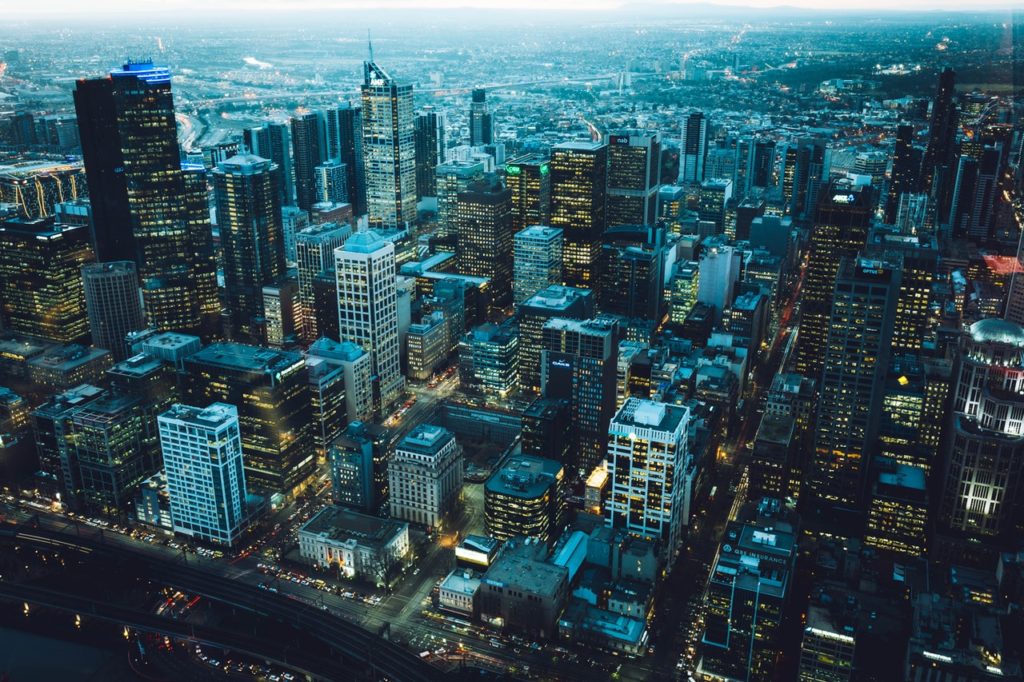According to the 2019 Global Liveability Index, Vienna is the best place to live in the world. Several factors contribute to this ranking. These include infrastructure, public services, education, and employment rates. Citizens in Vienna have access to affordable healthcare systems, efficient public transportation, and good schools. Besides, the city is safe. Officers are well-trained and law enforcement vehicles are equipped with modern systems including police light bars and communication tools.
As regular citizens, we cannot build bridges and hospitals. We also have very little influence on public policy. But we can do other things that also contribute to our cities and make them better. We can reduce our individual carbon footprint, improve our neighborhoods, and spread positivism.
Reducing our Individual Carbon Footprint
Carbon footprint can mean many things. Most people think about factories and big enterprises. They think about words like greenhouse gases, smog, and dangerous emissions. What we fail to recognize are our own influence and responsibility. As citizens, there are many things we can do for our environment. Some examples are:
- Investing in an e-bike. The average electronic bike is around 400 dollars. This is less than most road and mountain bikes. Buying an e-bike is a cost-effective, environmentally friendly alternative to driving to work. Also, studies show that it increases physical activity and promotes a healthier lifestyle.
- Carpooling and other types of transportation sharing. If you have a car, why not drive one of your friends or colleagues to work? The same goes for your friends and neighbors. By interchanging once or twice a week, you will both save money in the long run. If you own a van or SUV you can even set up daily pickup points for several people.
- Saving on utilities. Simple ideas such as turning off the faucet while you soap or shampoo yourself can greatly reduce your monthly water bill. You could also use a fan instead of an AC on cooler days and unplug electrical devices while not using them.
Improving our Neighborhoods
There are several ways in which we can make our neighborhoods better. One idea is to set up open discussion groups among residents. These serve as forums where residents can bounce ideas back and forth, put in place local changes, and handle minor problems. You can hold them once or twice a month.
Another option is to organize regular events and parties. By socializing, people get to know each other better. As a result, they are more willing to contribute to each other and act towards a common goal. Finally, great neighborhoods provide a framework for other neighborhoods to also improve. If I see that people in one area are doing great things for their community, it will inspire me to do the same.
Spread Positivism
For the third year running, Finland is the happiest country in the world. It’s also ranked in the top 5 in quality of life. What this tells us is that being happy and having a good life go hand in hand. Sure, we all have bad days. We all struggle and face family, work, and other personal challenges. But that doesn’t mean we can’t smile when we greet our neighbors or the supermarket lady. It doesn’t mean we can’t open the door for an elderly person and say thank you when somebody helps us.
These seemingly insignificant actions can brighten a person’s day. Thus, that person will most likely do the same for another. The result is a butterfly effect of optimism and hope. As we have seen, there are simple ways in which individual citizens can make their cities better. We can reduce our individual carbon footprint, take action to improve our neighborhoods, and spread positivism. All it takes is a little creativity, commitment, and the desire to improve. Who says your city can’t soon overtake Vienna as the best place in the world to live in?




